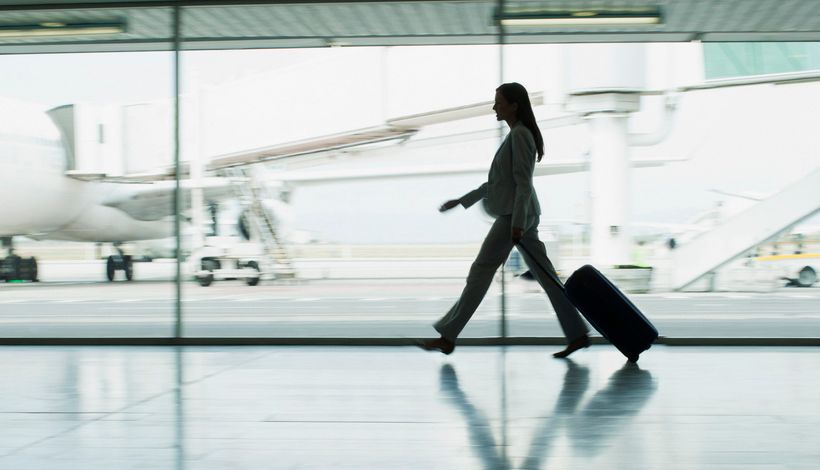7 Habits Of A Highly Experienced Air Traveller !
Lots of people think of themselves as highly experienced air travellers.
But it’s a difficult thing to measure objectively. What makes an experienced air traveller? Time spent abroad? Number of countries visited? Air miles? Buffet breakfasts consumed at the airport lounge?
The answer is that it’s all of these things – and more – but for today’s post, we’re going to focus on the useful tactics, routines and habits that you can use yourself.
1.They Have A Favourite Airline

Regular business travellers & frequent flyers know how to play the game.
They pick their favourite airline, sign up for an airline’s frequent flyer program and always book with that airline if possible, even if it’s not always the cheapest fare.
They commit to getting premier status and make the most of their significant perks.
They also use credit cards which offer rewards with that particular airline. Many of these cards provide airport lounge access, free checked bags, and other convenient features.
2.They Never Check-in At The Airport

Only rookies do this and there’s no upside to it, which is why they always check-in online.
You should check in and claim your seat online as soon as it becomes available. This also protects you from getting bumped on an overbooked flight.
3.They Always Pack Smartly

Frequent flyers always pack what is necessary for their journey. They prepare a checklist of the things they would need for their trip and make sure they pack only the essentials.
Also, they never keep their essential items in their check-in bags.
Keys, Money, Jewellery, Electronics, Medication, you only need to lose a checked bag once to learn this the hard way. If you can’t go a day without it, or if it’s a sentimental item and irreplaceable, make sure it doesn’t get checked-in.
4.They Breeze Through Security

You don’t see experienced air travellers struggling with belts, coins and keys when they go through security.
Instead, they put all their fiddly belongings, including cell phones, wallets and jewellery inside a carry-on bag, purse or jacket until they’ve passed through security.
5.They Board The Airplane As Soon As They Can

If you leave board to the last minute on a busy fight, there might not be room for your bag in the overhead luggage cabin.
This means your bag’s going to sit at your feet for the duration of the flight. Why take that chance?
Also experienced flyers always choose the aisle seat. You don’t have to hop over anyone to use the restroom and you can stretch out your legs in the aisle to get a good sleep.
6.They Travel With Lifesaver Items

What are lifesaver items?
A water bottle, a snack bar, sleep mask and earplugs, a universal adapter, battery pack and compression socks for flights longer than five hours.
If you’re flying long-haul, hydration is very important. Between 30-64% air humidity is what’s recommended for comfort, but airplanes can be beneath 10%.
This can cause natural moisture in your skin and body to evaporates.
7.They Know How To Get Rid Of Jet-Lag

This is a biggie because jet lag is a productivity killer.
Some people swear by not eating on the plane and then adjusting to a new time zone by feasting at the next mealtime once they land.
Others go for a jog immediately after they land and reach their airport hotel, but most are too tired to this after a long flight.
And then there’s the folks for whom a stiff drink and some chewable melatonin hits the reset button.
The key is to find out what works for you!
*Experienced Travellers also use travel management apps like AirWhizz. From Real-Time Flight updates to airline & airport, we help you plan your trip on the move.
Download the AirWhizz App NOW & Fly Stress-Free!



























































